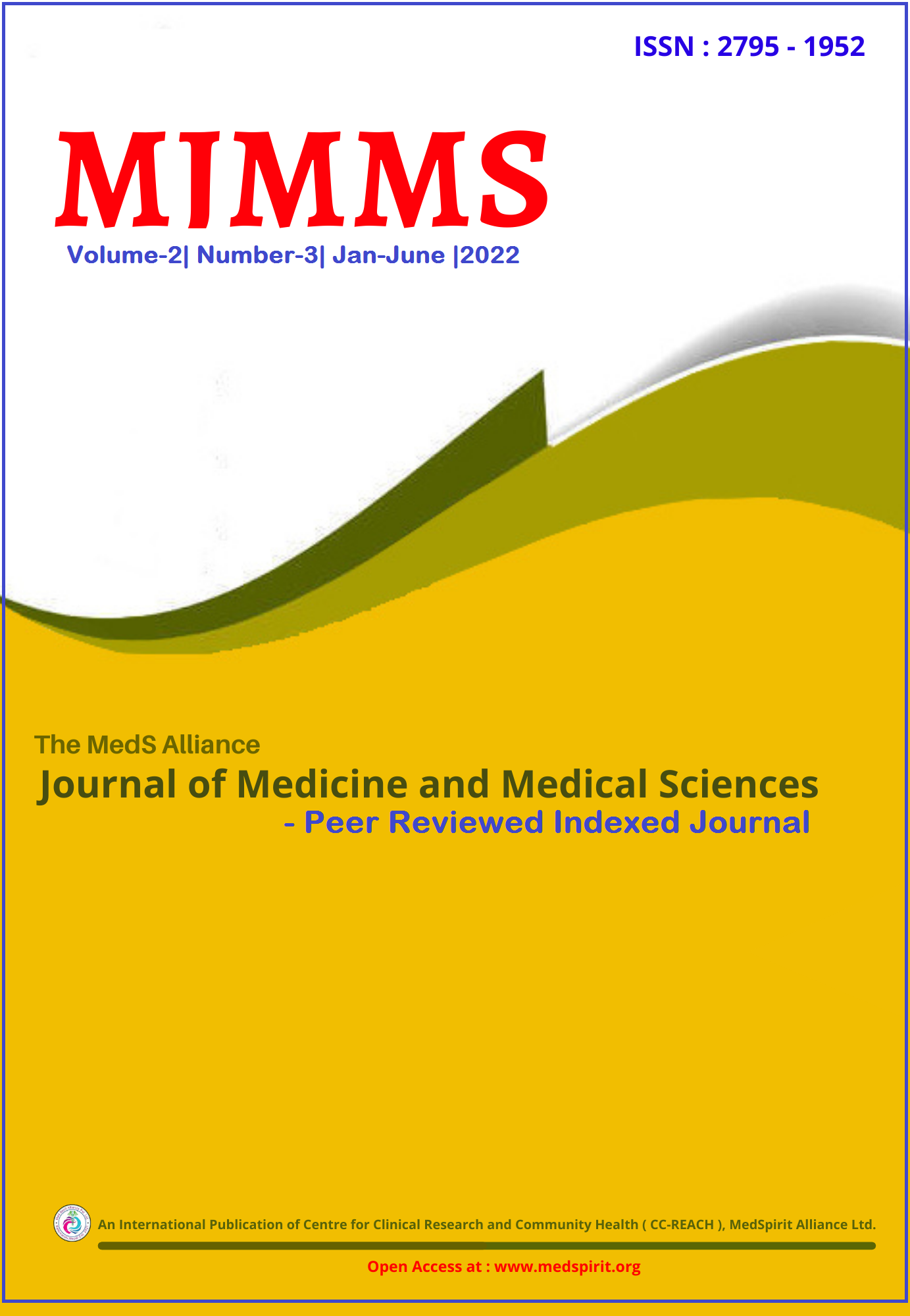Knowledge, Attitude and Practice about Relining of Complete Dentures in Clinical Practice: A Survey among Nepalese Prosthodontists
DOI:
https://doi.org/10.3126/mjmms.v2i3.47653Keywords:
Complete denture, relining, soft liner, prosthodontistsAbstract
INTRODUCTION: Relining refers to resurfacing the tissue side of a denture with new base material to improve adequate adaptation of the tissue surface of the denture base to the bearing foundation. It is a cost-effective means to prolong the service life of the denture. The objective of the study was to determine knowledge, attitude, and practice about relining of complete dentures in clinical practice among Nepalese Prosthodontists.
MATERIALS AND METHODS: A questionnaire-based survey was conducted among Nepalese Prosthodontists practicing in Nepal from June, 2021 to August, 2021. A pre-tested questionnaire from a published study was used for the study. A comprehensive, self-administered questionnaire consisting of close-ended questions was mailed to the participants. Data was analyzed using SPSS Ver. 17. Descriptive statistics using frequency distribution and percentage was calculated.
RESULTS: Majority 78% knew that relining is the process used to resurface the tissue side of the removable dental prosthesis with new base. 90.2% of respondents knew that relining is indicated when the residual ridges have resorbed and adaptation of the dentures to the ridges is poor. 70.7% of the participants preferred both direct and indirect technique for relining depending upon the cases. 90.2% of the respondents believed that the denture should be disinfected before relining, 9.7% disagreed that disinfection needs to be done before relining. 90.2% of the respondents felt that relining improves the stability and retention of the denture. All the prosthodontists agree that relining the denture improves the patient satisfaction.
CONCLUSIONS: Nepalese Prosthodontists had adequate knowledge regarding indication, and techniques for relining of complete dentures. Regular clinical meets and continuing dental education programs may be helpful in apprising recent development in this field.
Downloads
Downloads
Published
How to Cite
Issue
Section
License

This work is licensed under a Creative Commons Attribution-NonCommercial 4.0 International License.




